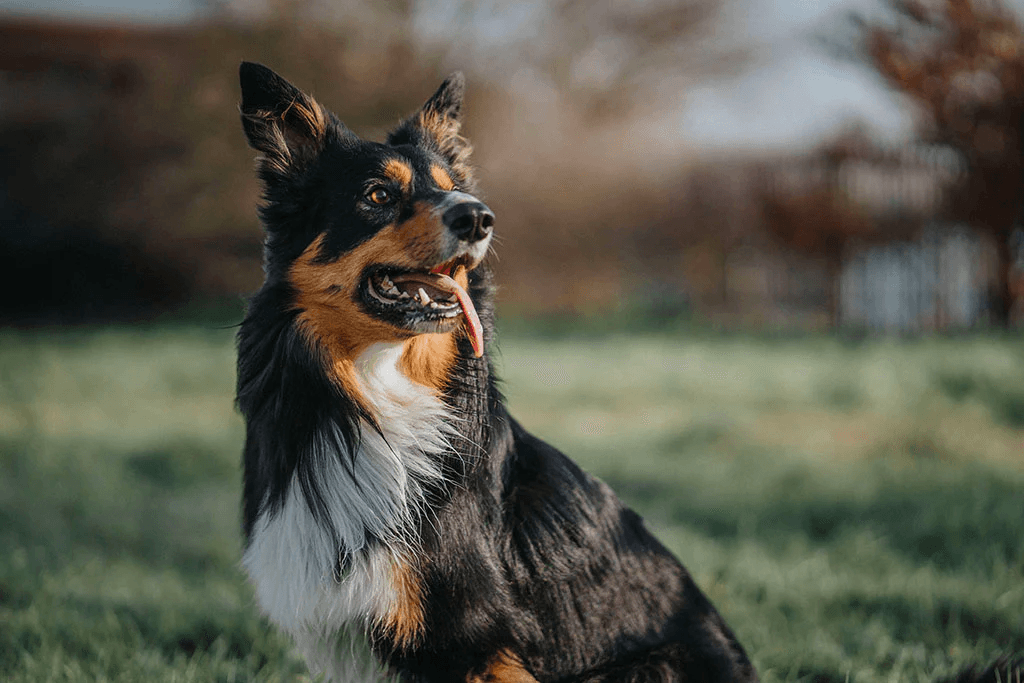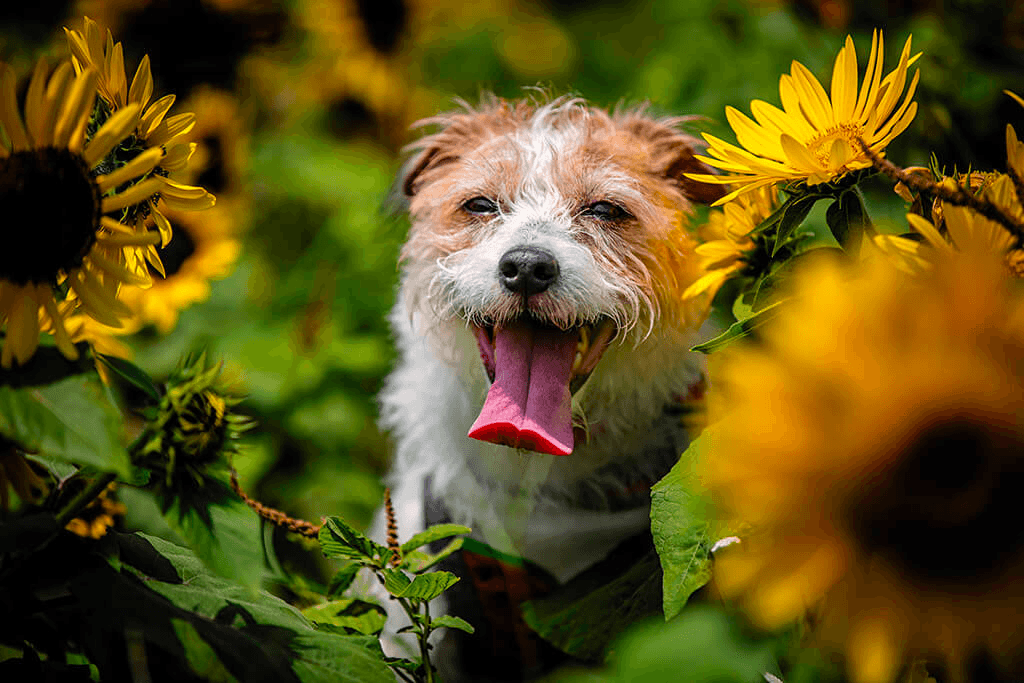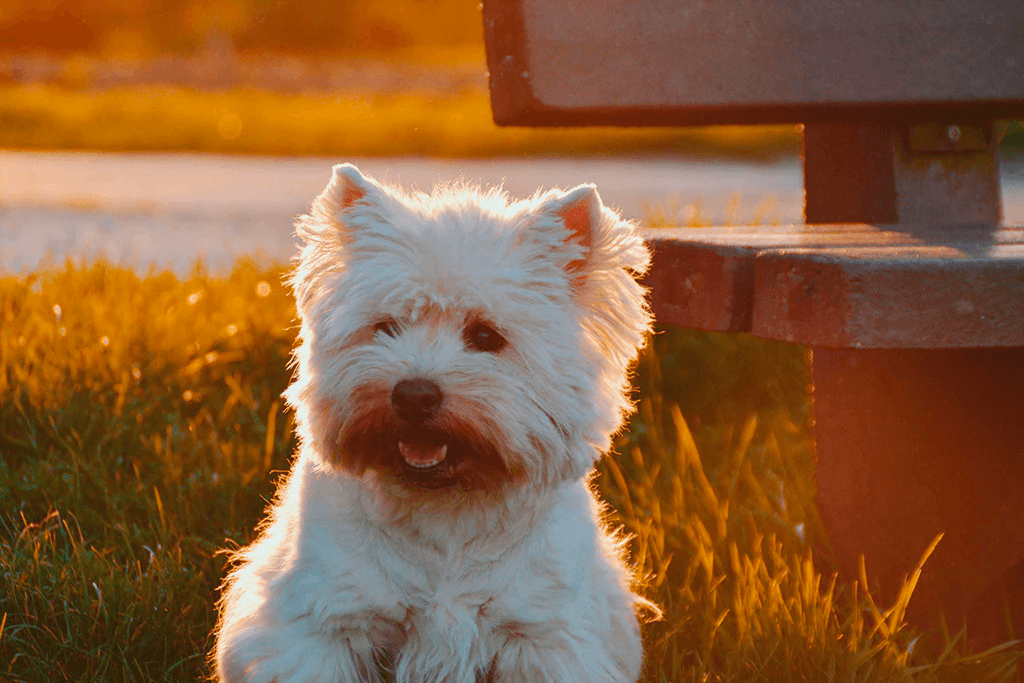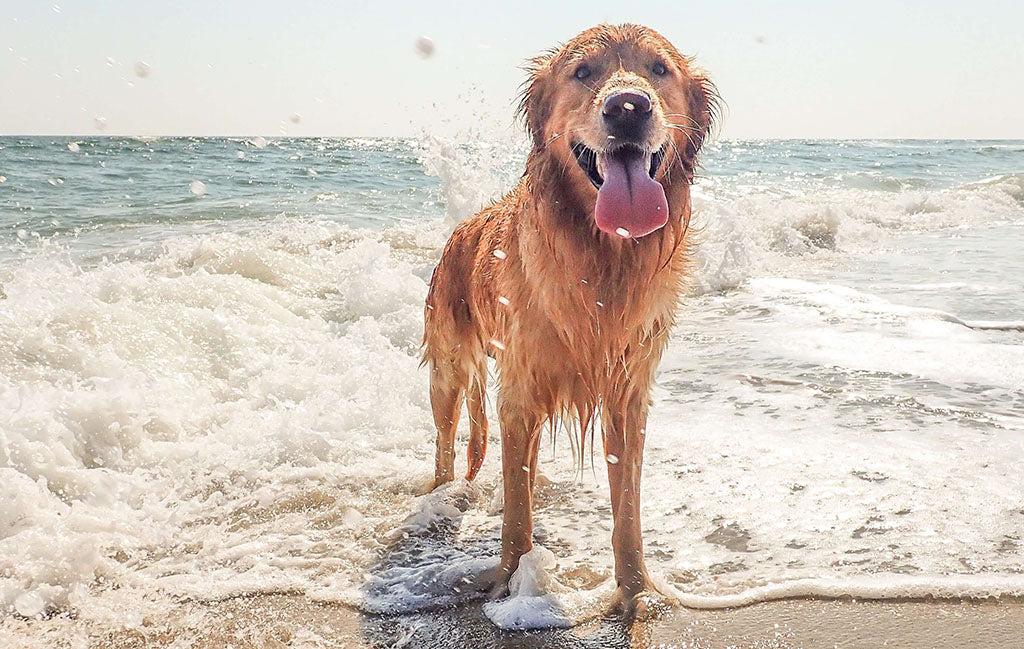In this article, we will identify and discuss the key signs of unhealthy teeth in dogs, the appropriate steps to take if your dog has unhealthy teeth, and practical tips you can easily implement to prevent unhealthy teeth in your canine companion.
- Home/
- Dog/
- Health & Wellness/
- Unhealthy Dog Teeth: 9 Signs You Shouldn’t Ignore
Unhealthy Dog Teeth: 9 Signs You Shouldn’t Ignore

Did you know dental disease is one of the most common medical conditions seen by veterinarians?
Unfortunately, many dogs will not show any obvious signs of dental disease or mouth pain until the condition is severe. So, it is essential that dog owners be able to recognize the signs of unhealthy dog teeth early in order to prevent more serious health issues.
While dogs can get many of the same dental conditions as humans, the most common dental problems in dogs are periodontal disease and fractured teeth.
Periodontal disease, characterized by inflammation and infection of the tissues surrounding the teeth, can lead to tooth loss, jaw fractures, and even dysfunction of major organs, such as the heart, lungs, liver, and kidneys if left untreated.
What Do Unhealthy Dog Teeth Look Like?
So, what do unhealthy teeth look like? There are several visual indicators of unhealthy teeth, including:
- Yellow or brown heavy tartar buildup
- Red, inflamed, or bleeding gums
- Broken (i.e. fractured), loose, or missing teeth
- Gum recession (loss) or gum tissue overgrowth
Unhealthy Dog Teeth
Healthy Dog Teeth




9 Signs of Unhealthy Dog Teeth
Let’s delve deeper into the signs that indicate your dog has unhealthy teeth. Some of the more common signs include the following:
1. Bad Breath
Persistent bad breath (halitosis) can indicate underlying dental or gum disease. This occurs due to the bacteria in the plaque that accumulates on your dog’s teeth.
2. Tartar Buildup
Thick yellow or brown deposits on teeth that are not brushed away. If plaque is not removed with daily brushing, it hardens and becomes tartar. Tartar can form above AND below the gumline and must be removed via a professional veterinary dental cleaning under anesthesia.
3. Bleeding Gums
Gums that bleed during chewing or brushing. Gum tissue that is inflamed (gingivitis) due to early periodontal disease is often easily irritated by your dog eating hard kibble or chewing on a firm toy.
4. Loose or Missing Teeth
A common sign of advanced dental issues, specifically periodontal disease that causes progressive gum loss (recession) and infection resulting in the loss of bone around the tooth and eventually the tooth itself.
5. Difficulty Eating or Chewing
Reluctance to eat, chew, or drop food from the mouth typically indicates some degree of oral (mouth) pain or discomfort.
6. Swollen or Receding Gums
Generally indicates periodontal disease and is best addressed by having a professional dental exam and cleaning performed by your veterinarian.
7. Pawing at the Mouth or Excessive Drooling
These are both usually signs of discomfort or pain in the mouth that can affect the teeth, gums, lips, or tongue of your canine companion.
8. Facial Swelling
Typically, this occurs when pockets of bacteria are allowed to build around the unhealthy dog teeth, forming an abscess. These swellings often develop below the eyes and must be addressed by removing (extracting) the affected tooth and performing surgical drainage of the swelling.
9. Behavioral Changes
Dogs with unhealthy teeth and significant oral pain will often be more irritable, interact with you less than normal, and even attempt to bite when you examine their mouth.
If you observe any of the above signs in your dog, it is recommended that you schedule an appointment with your veterinarian as soon as possible.
Common Causes of Unhealthy Dog Teeth
Now that you know the signs of unhealthy teeth in your dog, let’s examine some of the most common causes that result in unhealthy teeth.
Poor Dental Hygiene
Lack of regular brushing or professional dental care is a very common cause of unhealthy teeth in dogs. Like humans, daily brushing with dog-specific toothpaste is one of the most effective ways to remove plaque that would otherwise harden and become tartar. However, it is still recommended that your dog have a professional dental cleaning, performed by your veterinarian, every 6-12 months, regardless of how consistent your at-home dental routine is.
Periodontal Disease
Since an estimated 80% of dogs over the age of three suffer from some degree of periodontal disease, it is the most common disease currently affecting your canine companions. Periodontal disease begins as gingivitis (inflammation of the gum tissue), but if left untreated, it progresses to infection and inflammation of the tissues surrounding the teeth. Eventually, the bone around the affected teeth is destroyed, and the unhealthy teeth become loose and may eventually fall out. It is, therefore, imperative that regular dental care be implemented.
Diet
A poor diet and lack of chew toys can also contribute to unhealthy dog teeth. Feeding canned or wet food promotes faster tartar buildup, while larger, dry kibble physically scrapes off the plaque and tartar while chewing. In addition, many prescription dental diets also contain ingredients that aid in killing plaque-forming bacteria. Daily use of a VOHC-approved (Veterinary Oral Health Council) dental toy can significantly reduce the formation of plaque and tartar.
Age
There is often a correlation between senior dogs (age seven and older) and dental disease. Because the majority of dogs are now living longer, it is not uncommon that they also live with one or more comorbidities (the presence of more than one medical condition at the same time in a patient) that potentially increase the risk of general anesthesia for regular professional dental cleanings to be performed.
However, if left untreated, periodontal disease will progress and result in more affected, unhealthy dog teeth in your furry friend.
Breed Dispositions
The incidence of unhealthy dog teeth, i.e. periodontal disease, is generally increased in smaller breed dogs due to a decreased amount of jaw bone as compared to the size of their teeth, in addition to overcrowded teeth (same number of teeth as a large breed dog but in a much smaller space). As a result, plaque and tartar accumulate faster in smaller breed dogs.
Therefore, some of these small breed dogs should begin having professional dental cleanings at one year of age and may require cleanings every 6 months to prevent unhealthy teeth and irreversible tooth loss.
Healthy vs Unhealthy Dog Teeth: How to Tell the Difference
Certain visible characteristics are commonly associated with differentiating between healthy and unhealthy dog teeth.
The following table can help you determine the status of your dog’s teeth when looking in their mouth:
| Healthy Teeth | Unhealthy Teeth |
| Teeth appear white and clean with minimal plaque or tartar visible. | Teeth are discolored due to a moderate to large amount of yellow or brown-colored, mineralized tartar (calculus) that remains adhered to the surface of the teeth. |
| Gums appear pink, firm, and moist with no signs of redness or swelling and seal tightly against the teeth. | The gums appear pink, firm, and moist, with no signs of redness or swelling. They seal tightly against the teeth. |
| Teeth appear whole with no noticeable wear. | Uneven wear is visible. Teeth may be broken (fractured) or chipped. |
| Breath is relatively neutral; normal “doggy” smell. | Gums appear red and swollen, with blood and/or pus visible. Gum tissue is receding from the normal gum line. |
The Risks of Ignoring Unhealthy Dog Teeth
Left untreated, unhealthy dog teeth can have several detrimental consequences, such as your canine companion’s constant pain and discomfort. However, the majority of dogs do not exhibit obvious signs of oral (mouth) pain or discomfort until their dental disease is severe, so routine oral exams and dental care (both professional and at home) are imperative.
Ignoring your dog’s unhealthy teeth can also lead to the development of advanced periodontal disease. As stated previously, the majority of dogs have some degree of periodontal disease by the age of three, so neglecting regular dental care will eventually lead to irreversible gum, tooth, and bone loss.
In addition, the bacteria that multiply on the surface of the tartar, which is responsible for the development of periodontal disease and unhealthy dog teeth, can be absorbed into your dog’s bloodstream and cause potentially life-threatening infections and decreased function in various vital organs, such as the heart, lungs, liver, and kidneys.
Finally, ignoring your dog’s unhealthy teeth will most certainly decrease their quality of life overall. From pain and difficulty when eating to loose, painful teeth and bleeding gums, your furry friend will feel less like playing, going for walks, or participating in any of their normal activities. You may notice even more concerning behavioral changes like growling, snapping, or attempting to bite when you try to examine their mouth or even just when petting them.
Again, the importance of routine dental care by your veterinarian and regular at-home dental care by you, cannot be stressed enough.

What to Do if Your Dog Has Unhealthy Teeth
If you suspect your dog has unhealthy teeth, you should first schedule a veterinary appointment. Regular dental exams and professional dental cleanings performed by your veterinarian every 6-12 months are going to be key to keeping your dog’s teeth healthy and your pup happy. Regular dental exams by your veterinarian also aid in detecting oral problems early so that long-term consequences can be avoided with the appropriate treatment.
In between professional dental cleanings, it is also important to implement a consistent dental care routine at home. Ideally, this should consist of brushing your dog’s teeth daily using a dog-specific and veterinary-approved dog toothbrush and toothpaste.
Daily brushing is crucial to remove plaque before it hardens and becomes tartar, which then leads to the progression of your dog’s periodontal disease and unhealthy dog teeth. Regular use of other at-home dental care products for your dog, including dental toys, is also a great idea. Keep in mind, however, that these should be approved by the VOHC (Veterinary Oral Health Council), as effective for removing plaque and tartar.
Finally, it is also important to monitor at home daily for signs of dental disease. This can be accomplished by observing your dog for any of the signs that were discussed in the previous sections regarding signs of unhealthy dog teeth as well as the difference between healthy and unhealthy dog teeth. A great time to observe your dog’s teeth is when they are eating or playing, in addition to when you are performing their daily teeth brushing. If anything abnormal is noted, it is best to schedule an exam with your veterinarian as soon as possible.
Proactive Prevention Tips for Healthy Dog Teeth
Preventing unhealthy dog teeth is easier on your canine companion and often significantly less expensive than treating unhealthy dog teeth and periodontal disease.
Follow these simple, straightforward steps to keep your dog’s teeth healthy:
- Brushing your dog’s teeth DAILY using a dog-specific toothpaste. This remains one of the most effective ways to remove plaque before it hardens and turns into tartar. If your dog does not allow you to brush their teeth, consider giving them a dental toy that will help to reduce plaque and tartar buildup between professional dental cleanings.
- Provide your canine companion with the appropriate dog chew toys designed to reduce tartar buildup. Ideally, these should have the VOHC seal of approval. In addition, some vegetables, such as carrots and berries, have a significant cleaning effect on your pet’s teeth.
- Prescription dental diets are a great option for those dogs that refuse to cooperate for teeth brushing and are prone to periodontal disease. When your dog chews the kibble, it physically scrapes the plaque and tartar off of their teeth. These dental diets also contain ingredients that aid in killing plaque-forming bacteria. These diets do require a prescription from your veterinarian.
- Regardless of the degree of consistency of your dog’s at-home dental care regimen, it is still strongly recommended that your dog have a professional dental cleaning performed by your veterinarian every 6-12 months, depending on the breed of dog. Regular dental exams and cleanings are just as important in dogs as in humans.
Final Thoughts
Most dogs over three have at least some degree of dental and, therefore, periodontal disease. Unfortunately, the majority of dogs show no obvious signs of pain or discomfort that would indicate the presence of unhealthy dog teeth. Therefore, it becomes important for dog parents to be able to recognize the signs of unhealthy teeth at an early stage so more serious health issues can be avoided.
Prevention and early intervention are key to maintaining your dog’s oral health. Prevention should include a consistent, at-home dental care routine that utilizes daily brushing, dental chew toys, and appropriate dental diets. Early intervention should occur as soon as any signs of unhealthy dog teeth are observed and warrant an oral exam by your veterinarian. Professional dental cleanings by your veterinarian should be performed every 6-12 months to remove tartar (calculus) and prevent the progression of periodontal disease.
By prioritizing your dog’s dental care, you can effectively improve your dog’s overall well-being and ensure that they live a healthy, happy, and pain-free life.
Sources
https://vcahospitals.com/know-your-pet/dental-disease-in-dogs
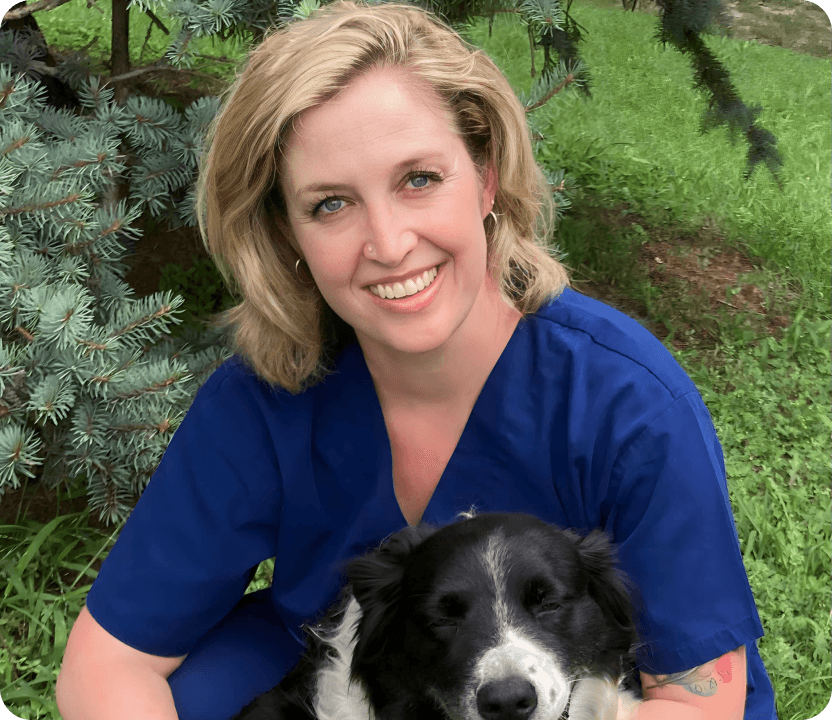 J
J